Smoke in Suburbia
In this original photo essay, Christian Leman explores both the physical and environmental damages from three Colorado wildfires. The photos serve to inform the public about the frequent rise of wildfires near suburban areas.
The purpose of this photo essay is to document the growing regularity of Colorado’s wildfires. The photos presented here track an interesting, yet deadly trend in Colorado wildfire history. Wildfires such as the Marshall Fire, the NCAR Fire and the Table Mountain Fire have been growing in regularity in suburban areas.
Spreading through hundreds of neighborhoods, the recent wildfires put not just wildlife and wildlands at danger, but thousands of Colorado residents. By viewing documentation of the fires as they happen, and the areas months after the fires are extinguished, viewers are able to better understand the severity of Colorado’s growing wildfires.
Marshall Fire
Recorded as the most destructive wildfire in Colorado history, The Marshall Fire burned over 6,000 acres leveling more than 1,000 homes in its wake. The Marshall Fire began in the early afternoon of December 30th with the first smoke being sighted near Marshall Road, and Highway 93 in Boulder County. The blaze spread quickly, propelled by winds up to 100mph. Over the course of a few hours, the flames tore through the town of Superior, before crossing Highway 36, sweeping through the town of Louisville. In just 24 hours, The Marshall Fire would become the most destructive fire in state history, leaving thousands of Coloroans homeless, just hours before the new year.
Aftermath of the NCAR Fire
While there are few photos in this section, the NCAR Fire left significant damage to the environment of Boulder Canyon. Unlike the Marshall Fire, this fire did not damage any structures, but it burned hundreds of acres of forestland, creeping within hundreds of yards of the NCAR facility. Although it may not have swept through neighborhoods, burning down the homes of Colorado residents, the NCAR Fire gave residents a sobering reminder of the regularity of wildfires, some yards away from their homes
Table Mountain Fire
While working on this project, this reporter got word of a fire starting up in Longmont. As soon as he was out of class, he jumped in his car and headed towards Longmont, not knowing what to expect. Once near the NOAA Table Mountain Test Facility, he could see smoldering grass, and gray smoke lifting towards the clouds.
The fire did not destroy any structures, but it quickly burned over 50 acres within the first hour, causing the evacuation of over 300 residents. Like both the Marshall Fire and NCAR Fire, the Table Mountain Fire began during the daytime, burning acres of land close to suburban areas.


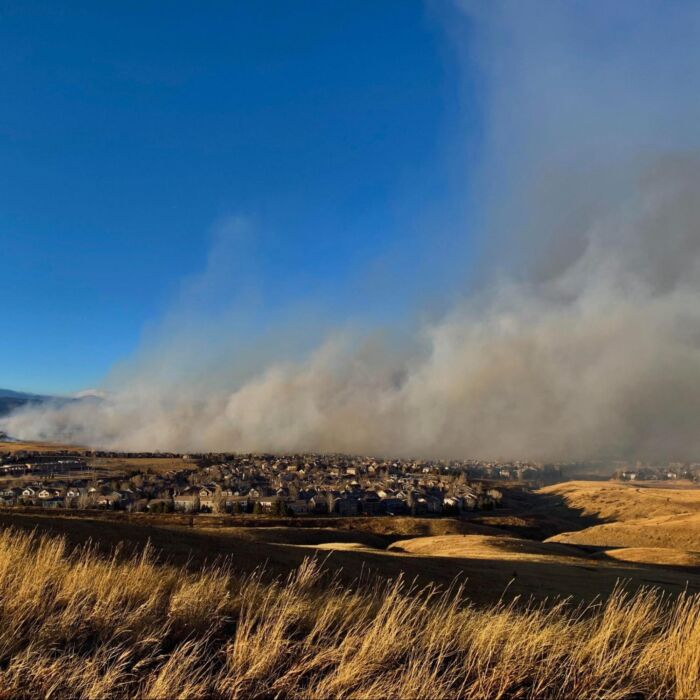
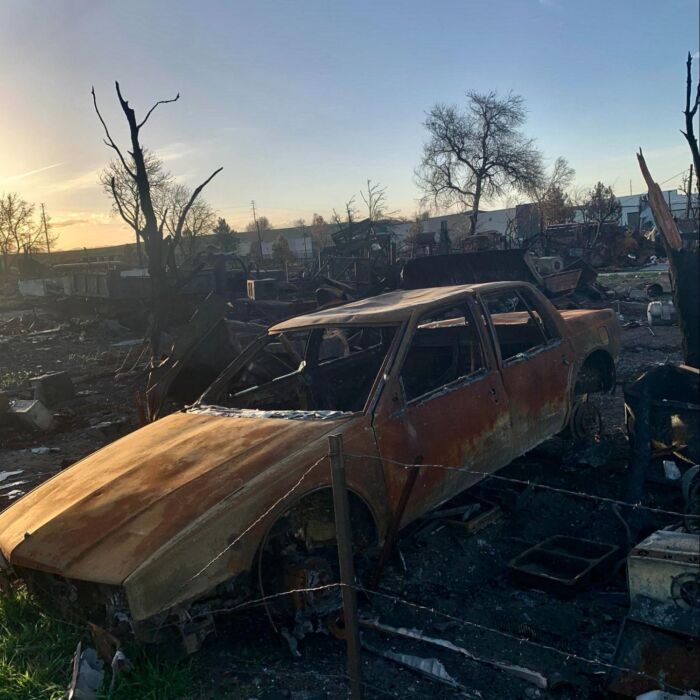
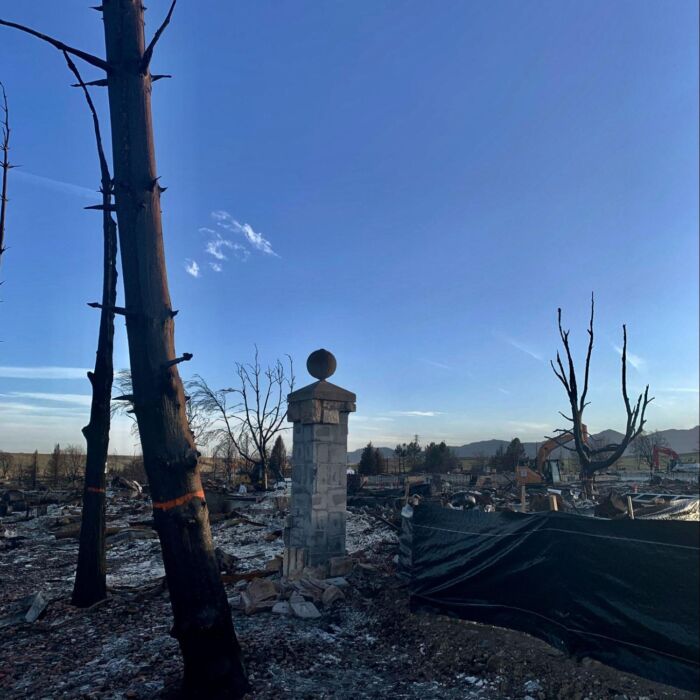
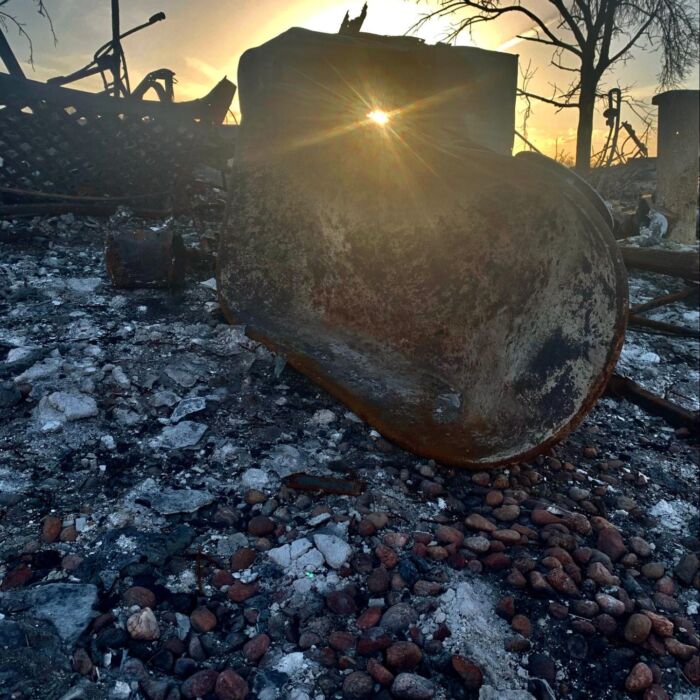
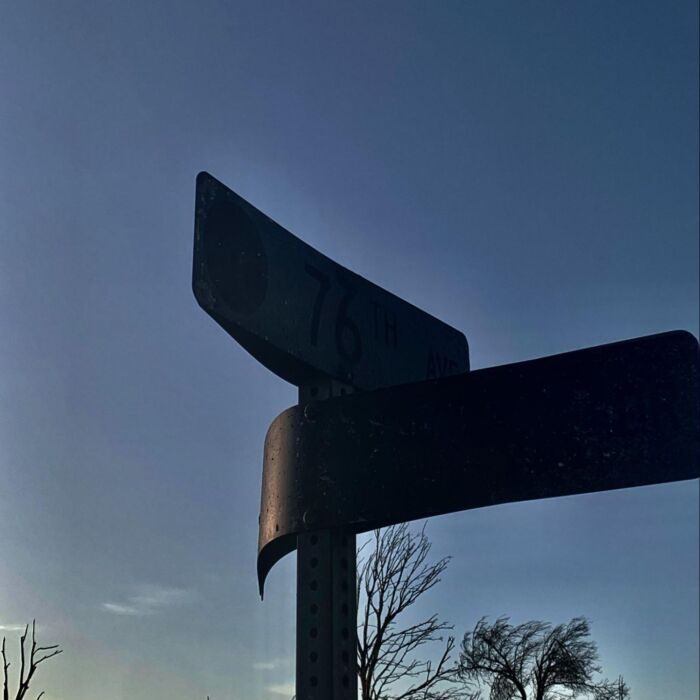
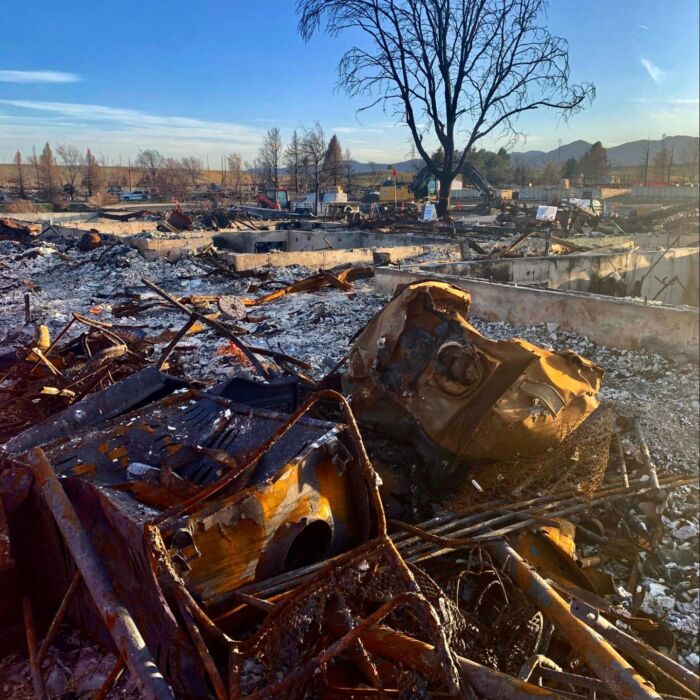
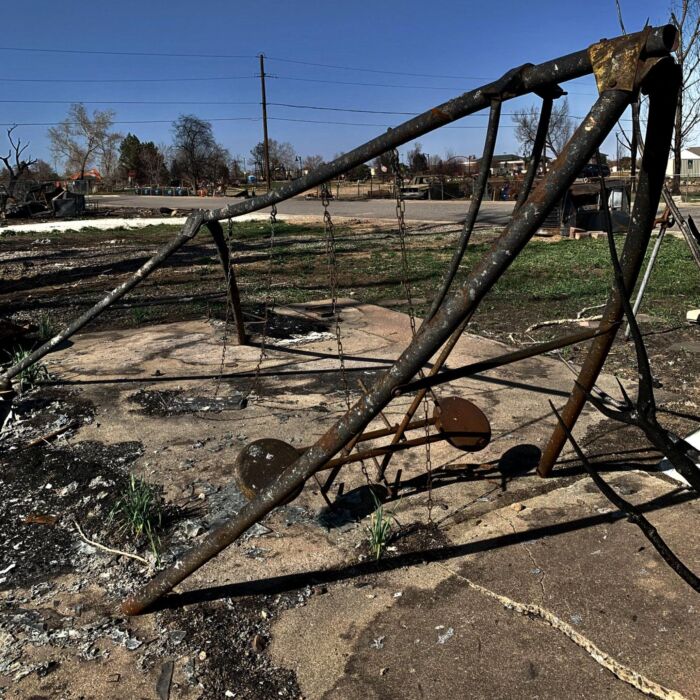
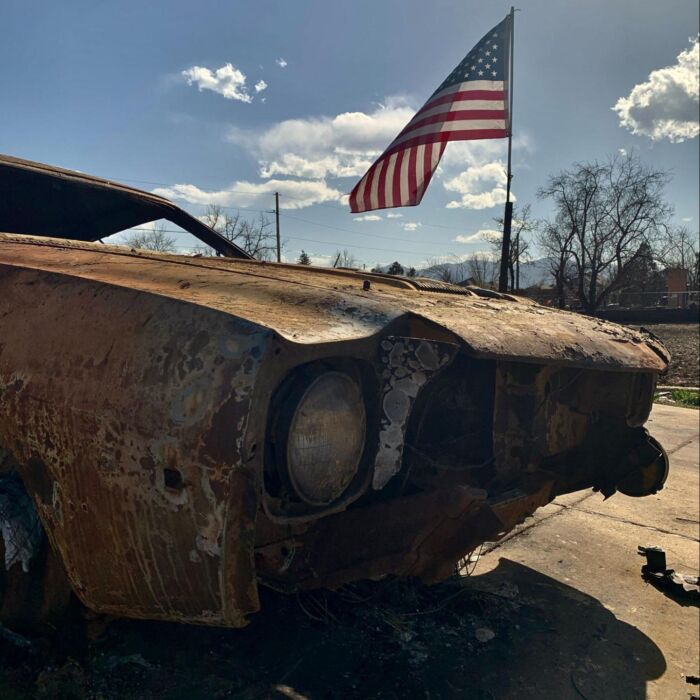
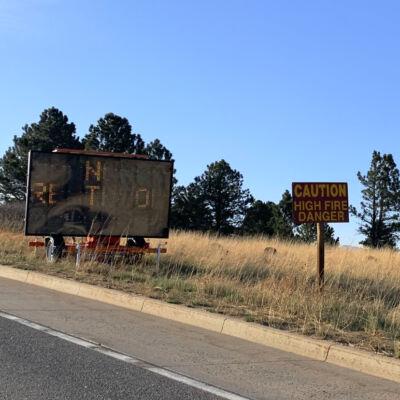
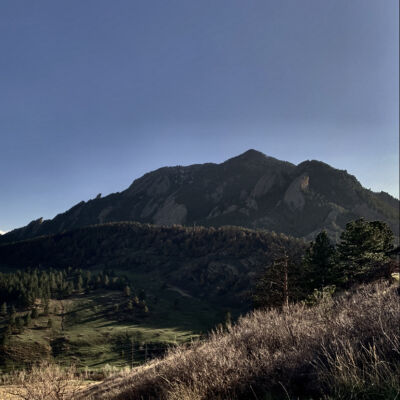
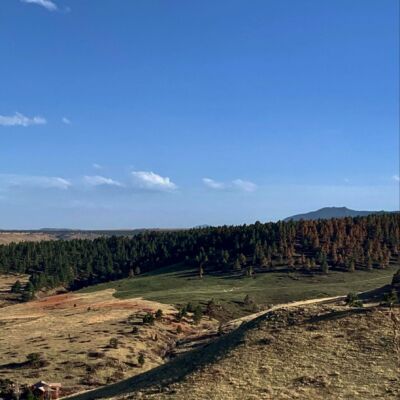
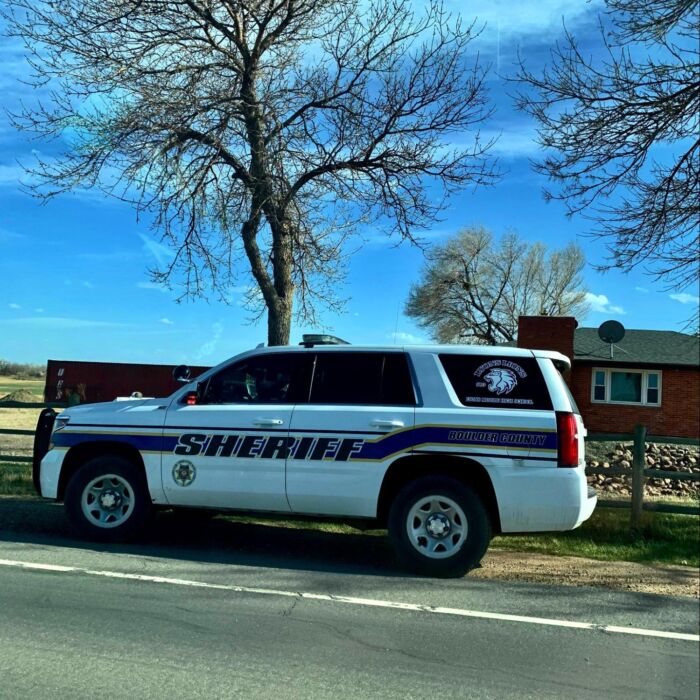
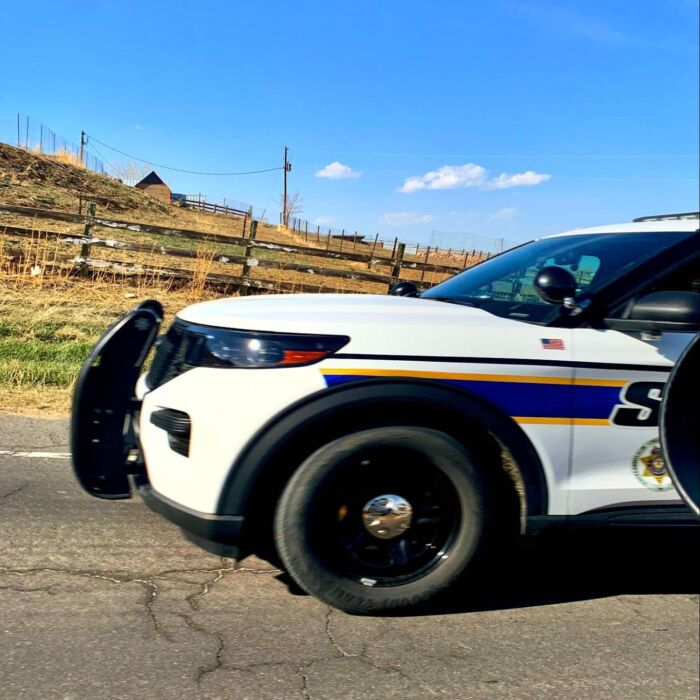
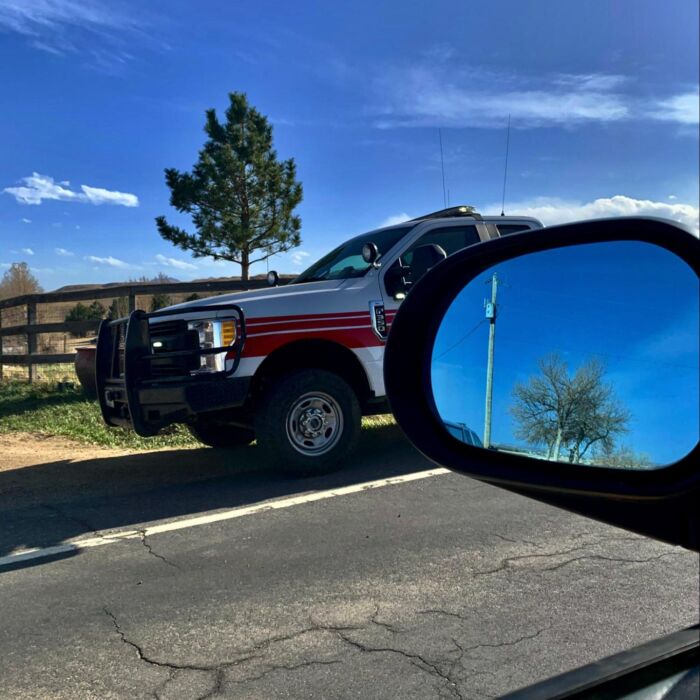
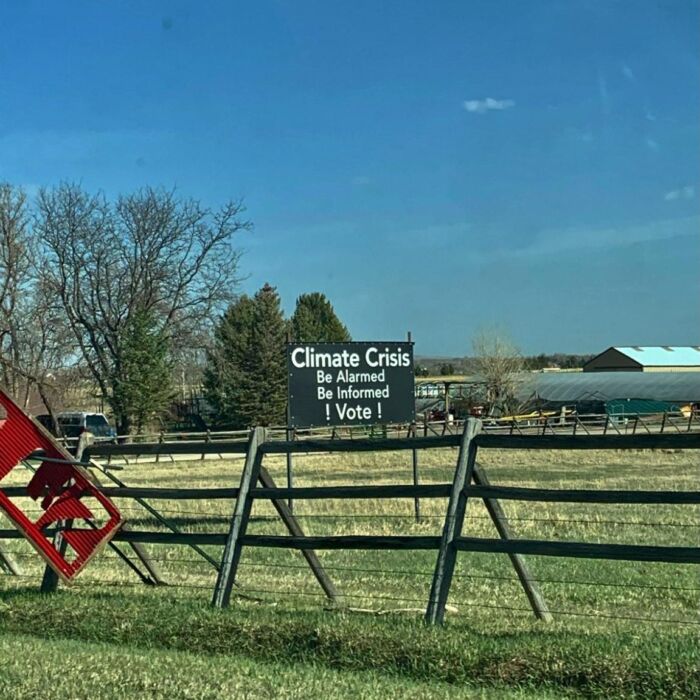
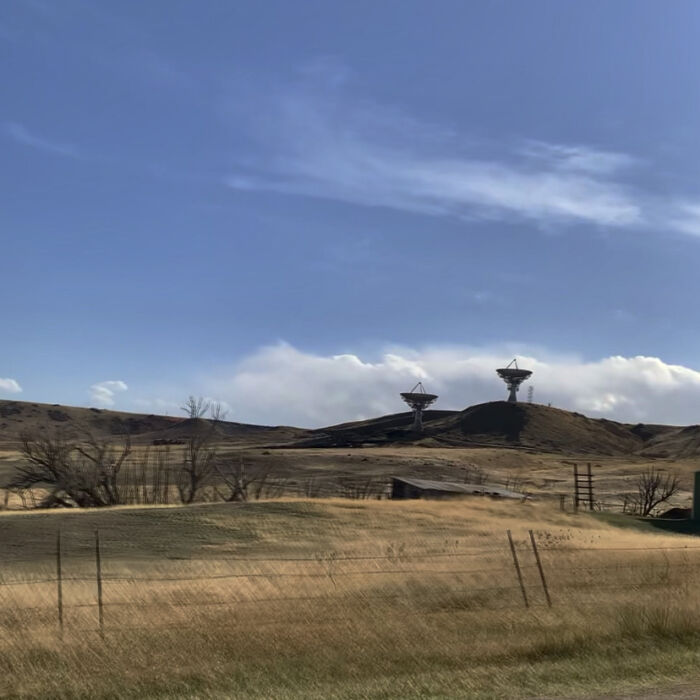
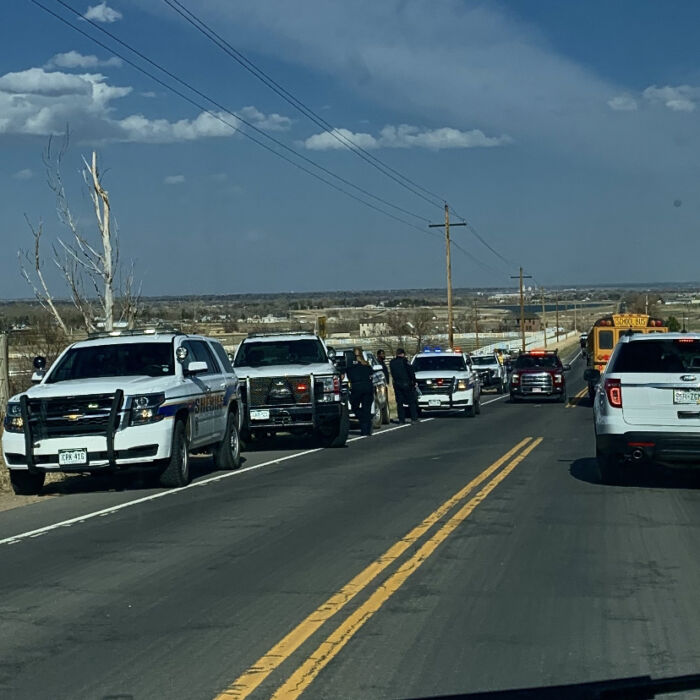
Great job Christian!
Papa